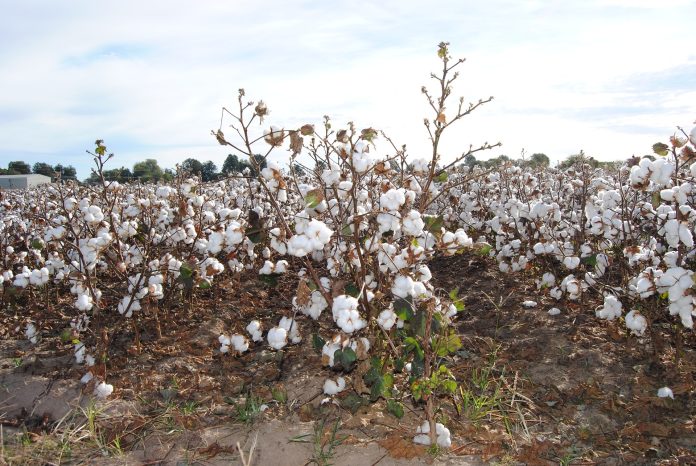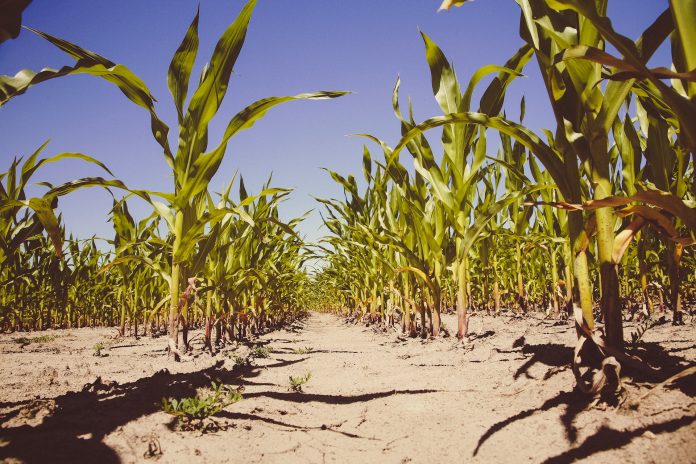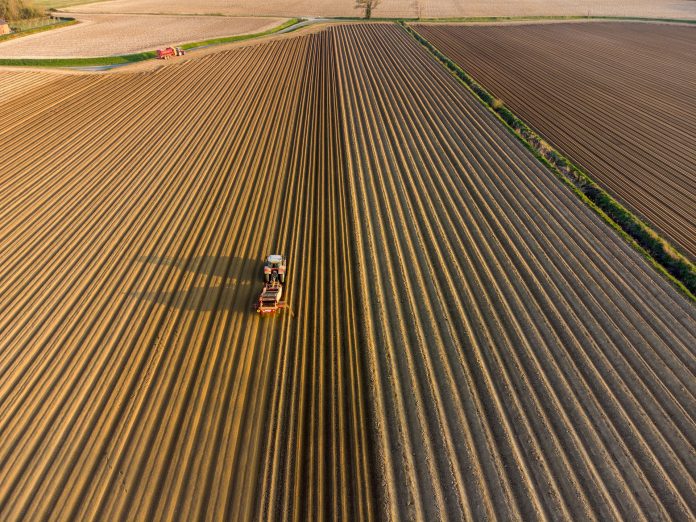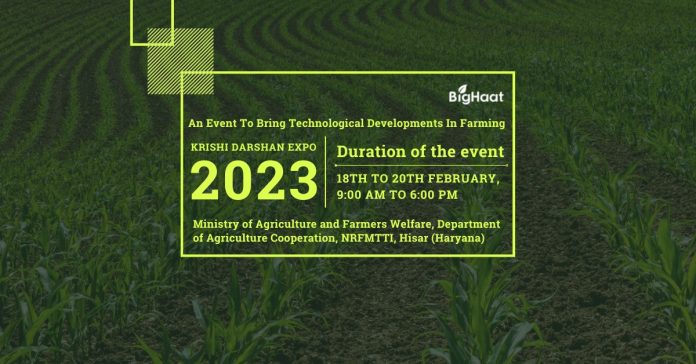India in the year 2021 – 22 in the Kharif season alone produced 111.76 million tonnes. India is the world’s second-largest rice producer. There has been a steady growth in paddy crop production over the past decade. India has the largest area under rice cultivation, far higher than any other agricultural crop. Rice is produced all across the country.
Difficulty Level: Hard
Selection of Seeds
There are over 10,000 varieties of rice available on market today. The major types of rice that are cultivated in the country are Basmati, Joha, Jyothi, Navara, Ponni, Pusa, Sona Masuri, Jaya, Kalajiri (aromatic), Boli, Palakkad Matta, Kattamodon, Kairali, Jyothy, Bhadra, Asha, Rakthashali of Kerala; Red Kavuni, Kaivara Samba, Mappillai Samba, Kuruvi Kar, and Poongar of Tamil Nadu. In the last year alone there were over 800 varieties of new rice strands were introduced.
Pre-soaking of Seeds
There are two methods of pre-soaking of seeds. There is seed priming and pre-germination soak. Seed priming is Paddy seed priming is to soak the seeds for 4 – 8 hours and re-dry the seeds before sowing. Pre – germination of paddy seed treatment is to immerse the seed under water for 12 – 24 hours.
Paddy Seed Treatment
There are several seed treatment options for paddy to choose from. There are both organic and inorganic methods of paddy seed treatment. Popular organic seed treatments for paddy are to use 600g/ha of Azospirillium or 1200g/ha of Azophos. In this bio-inoculation with an adequate amount of water overnight before sowing. Biocontrol agents for paddy are compatible with biofertilizers., therefore biofertilizers and biocontrol agents can be mixed together. Paddy seed treatment with Pseudomonas fluorescens with the talc-based formulation of Pseudomonas fluorescens 10g/kg of seed and soak in 1 litre of water overnight. The excess water can be decanted and the seeds are allowed 24 hrs to sprout and then sow.
-
Chemical Paddy Seed Treatment
Fungicide and biocontrol agents are not compatible. Fungicidal paddy seed treatment coating of seeds with fungicides such as Benlate or Mancozeb or Arazone red 3g/l for 1kg of seeds. Carbendazim or Pyroquilon or Tricyclozole solution at 2 g/l of water for 1 kg of seeds can be used to treat other seed-borne pathogens. Carbendazim (Bavistin) is coated at 2 g per litre of water for 1 kg of seeds. The seeds are then soaked in water for 10 hours and the excess water is drained. This is called a wet seed treatment which gives up to 40 days of protection from other diseases such as blast. Store the treated seeds in a gunny bag in a dark area and cover it with extra gunny bags. The seeds are to be left undisturbed for 24 hours for sprouting.
Nursery Bed Preparation for Paddy
There are various kinds of paddy nursery bed preparation that are practised. There are wet nurseries. The plots are marked at 2.5m breadth with 30cm wide channels all around the seedbeds. According to the soil and slope of the land, the length of the seedbed may vary.
The nursery should have a sufficient water supply as well as proper drainage. Dry plough the nursery twice and apply 1 ton of FYM. Replough the nursery and flood the nursery. The water should stay stagnant for another two days. This should be followed by puddling of the field.
Puddle the fields with 5 – 10 cm of stagnant water. Puddling is done with an iron puddler. Puddle the fields in opposite directions to loosen up the soil for better water percolation. Some of the more recent unconventional and unique paddy nursery bed preparation methods include Dapog, Mat and dry nursery.
Field Preparations for Paddy
Requirements for paddy is black loam. Paddy grows best in clayey loam or black loam.
Slightly acidic soil (pH 6)
Paddy Field Preparation (Transplanting Field)
The paddy field is prepared by flooding the fields one or two days before transplanting. The field is ploughed once or twice for a good tilth. During the final ploughing apply 12.5 t of FYM or compost or green leaf manure at 6.25 t/ha. Ten days before transplanting apply 22 kg/ha of urea. There should be a minimum of 2 – 2.5cm of water at the time of transplanting.
Conclusion
Paddy is a crop that requires a lot of care and maintenance. It is not an easy crop to cultivate. Rice, however, is the country’s most staple meal, therefore there is always market demand for rice.
FAQs
- What are the popular varieties of Paddy?
| States |
Popular varieties |
| Tamil Nadu |
Short duration – IR64, CO 47, ADT 36, MDU 5, ASD 16
Medium duration – IR 20, CO43, ADT 46, MDU 3,4, white ponni
Long duration – Ponmani (CR1009), BPT 5204
Hybrid – CORH 1, CORH 2, CORH 3 |
| Karnataka |
Madhu, Jothi, Jaya, Shakthi, Prakash, Pragathi |
| Andhra Pradesh |
MTU 1156, MTU 1153, NLR 34449, Jyothi, ADT 37, BPT 5204, NLR 3111, BPT 2858 (Red rice), Swarna |
| Telangana |
NLR 145, NLR 28523, BPT 3291, MTU 5293, MTU 1156, MTU 1153, MTU – 1290, Co 51, Super Aman, Telangana Sona (RNR 15048), KNM 1638 (Kunaram vari 2), WGL 962 (Warangal vari 2), JGL 1798 (Jagityal Sannalu) |
| Kerala |
Short duration – Kattamodan-tall (PTB 28), Rohini (PTB 36), Jyothi (PTB 39), Swarna Prabha (PTB 43), Kairali (PTB 49), Kanjana (PTB 50)
Medium duration– Aswathy (PTB 37), Sabari (PTB 40), Aathira (PTB 51), Aiswarya (PTB 52), Asha MO 5
Long duration – Reshmi (PTB 44), Nila (PTB 48), Karuna (PTB 54), Makaram (KTR 2), Kumbham (KTR 3) |
- How to avoid root snapping while pulling out the seedling for transplanting in Paddy?
- Apply 2 kg of DAP per cent, 10 days prior to pulling out, if seedlings are to be pulled out after 25 days.
- In case of clayey soils where root snapping is a problem, 4 kg of gypsum and 1 kg of DAP/cent can be applied at 10 days after sowing.
- What is the optimum planting depth for better establishment of paddy?
- Shallow planting (3 cm) ensures quick establishment and more tillers
- Deeper planting (> 5cm) leads to delayed establishment and reduced tillers.
- When and how much green leaf manure should be applied in Paddy field?
During the final ploughing, apply green leaf manure at 2.5 t/acre.
- How is seed treatment for paddy done?
There are several seed treatment options for paddy to choose from.
Biological seed treatment:
Treat the paddy seeds with 10ml of Azospirillium (SUN BIO AZOS) or Phosphobacteria (SUN BIO PHOSI) in cold jaggery solution and apply evenly on seeds surface. Dry the treated seeds in shade and use it on the same day. Paddy seeds can also be treated with talc – based formulation of Pseudomonas fluorescens (SONKUL SUN BIO MONUS) at 10 gm/kg of seed and soak in 1 litre of water overnight. The excess water should be decanted and allow the seeds to sprout for 24 hrs and then sow.
(Note: Biocontrol agents for paddy are compatible with biofertilizers., therefore biofertilizers and biocontrol agents can be mixed together)
Chemical seed treatment:
Treat the seeds with Bavistin (Carbendazim 50% WP) at 2g/l or BAAN fungicide (Tricyclazole 75% WP) at 1 g/l of water for 1 kg of seeds. Soak the seeds in water for 10 hrs and drain excess water. This wet seed treatment gives protection to seedlings up to 40 days from seedling disease such as blast. If the seeds are required for sowing immediately, keep the soaked seed in gunny in dark and cover with extra gunnies and leave for 24 hrs for sprouting.
(Note: Fungicides and biocontrol agents are incompatible., therefore they should not be mixed together)
- What is the general dose of fertilizer recommendation for paddy crop?
General dose of fertilizer recommendation for paddy is 49:24:24 kg/acre. The commercial quantity to be applied in the field is mentioned in the table below.
| Nutrient |
Fertilizers |
General Dose (per acre) |
| Organic |
FYM/compost.
or
Green leaf manure |
5 ton
or
2 – 3 ton |
| N |
Urea (or) |
106 kg |
| Ammonium Sulphate |
239 kg |
| P |
Single Super Phosphate (SSP) (or) |
150 kg |
| Double Super Phosphate (DSP) |
75 kg |
| K |
Muriate of Potash (MOP) (or) |
40 kg |
| Sulphate of Potash |
48 kg |
| Zn
(For Zinc deficient soil) |
Zinc Micronutrient Fertilizer (Z3) |
Foliar spray: 0.5 – 1 g/l
Soil application: 10 kg |
- What is the pre-emergence herbicide used for paddy to control weed growth?
Apply pre-emergence herbicide Pretilachlor 50% EC (Craze or RACER) at 500 ml/acre or Pyrazosulfuron ethyl (Saathi herbicide) at 80 gm per acre. They should be applied within 3 – 4 days of transplanting.
Note: The information contained herein is for informational purposes only. Nothing herein shall be construed to be financial or legal advice. Pesticides are a considerable risk of loss in crops and viewers are advised to do their own research before making any decisions.









